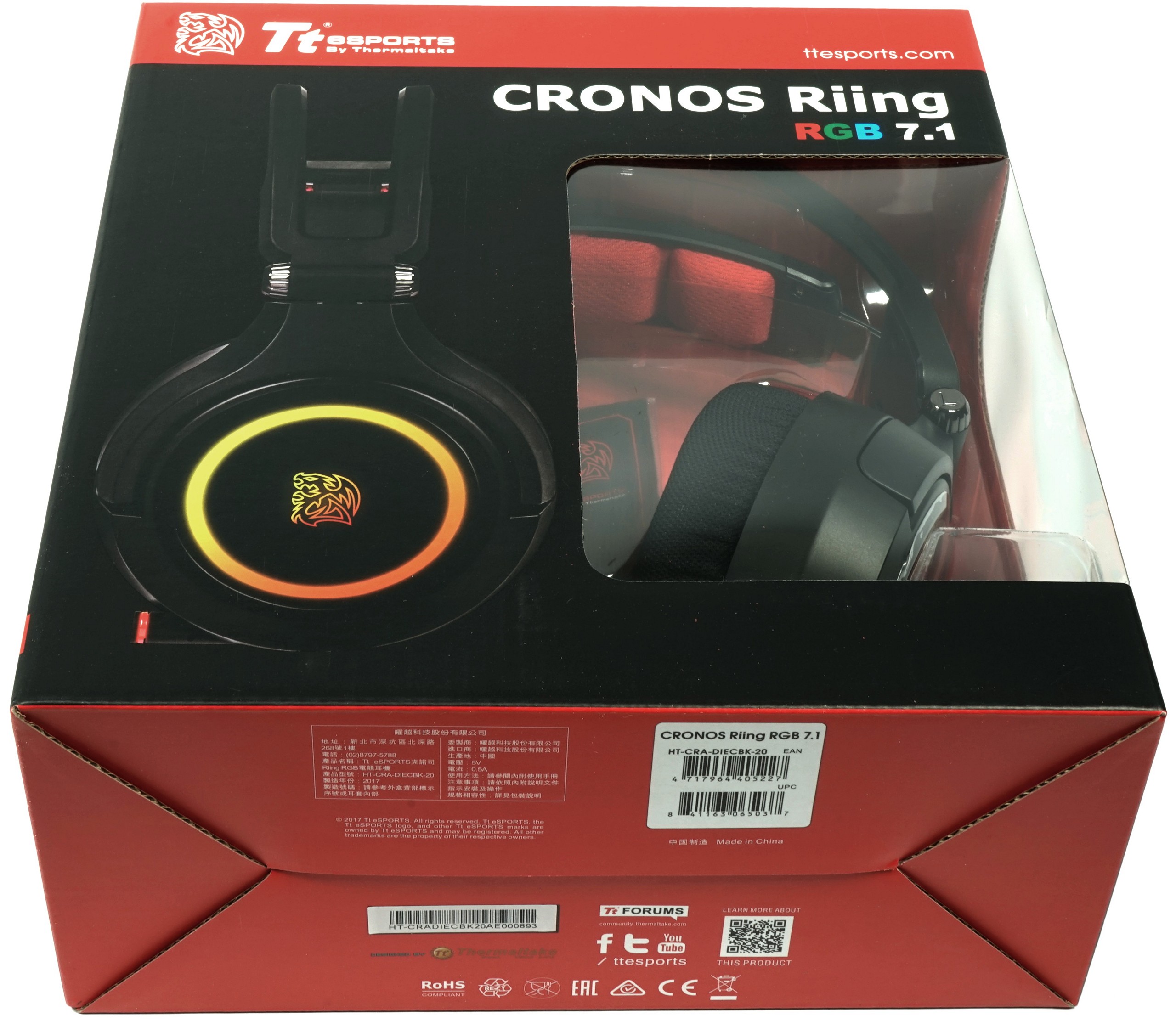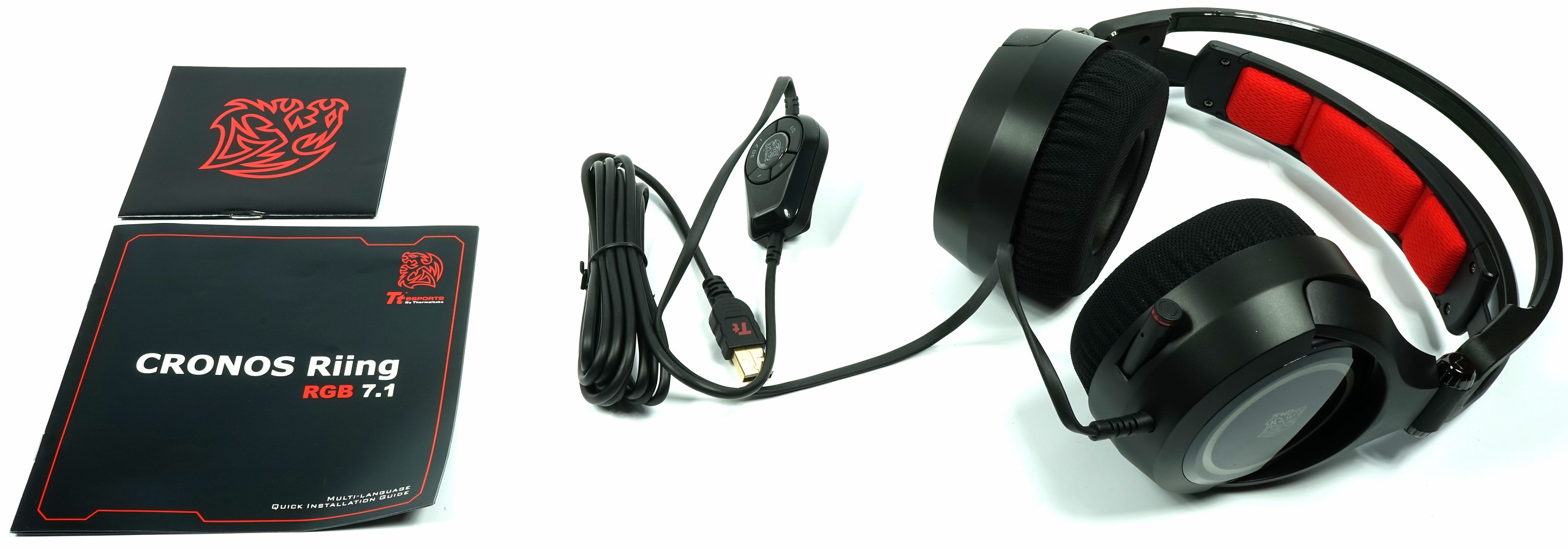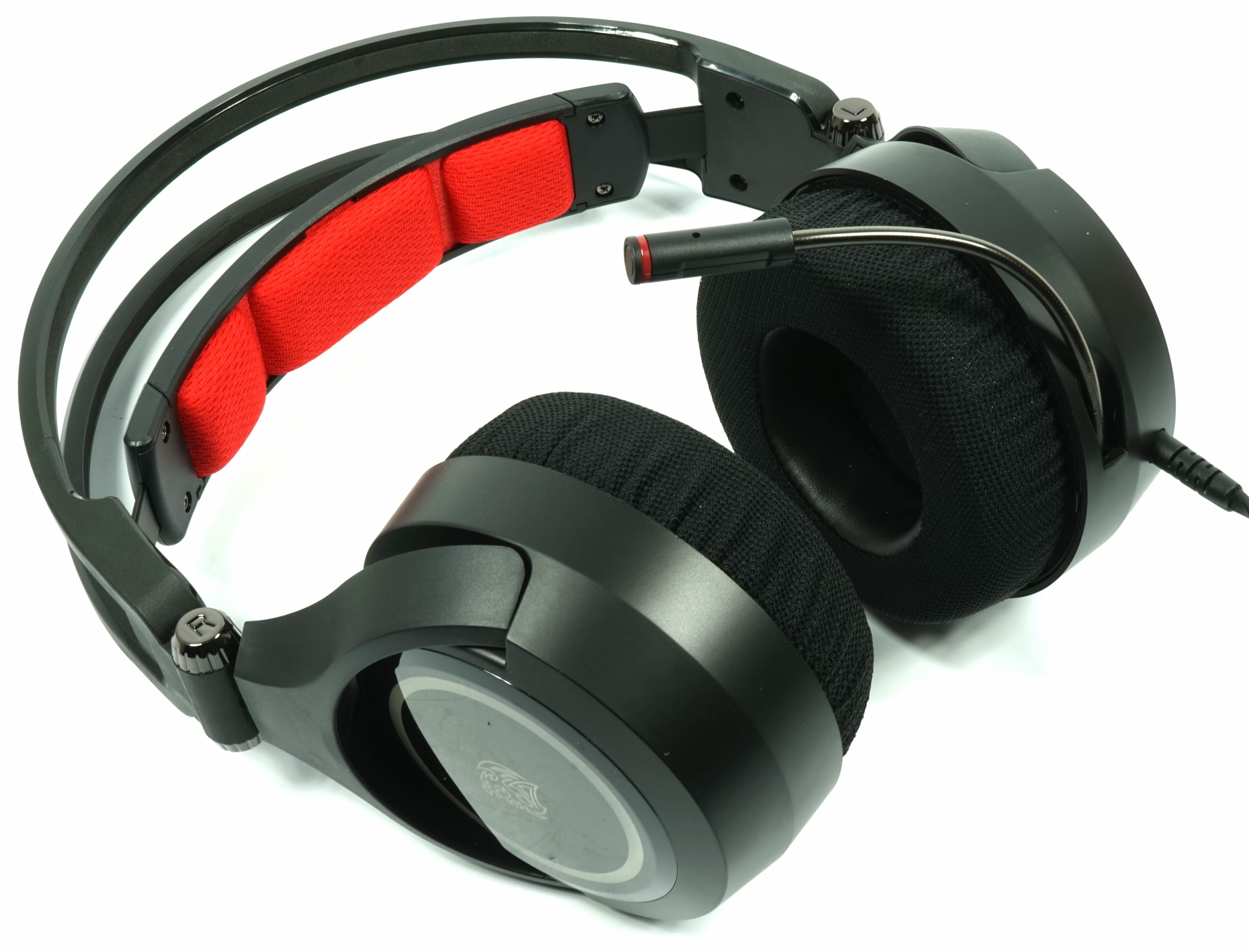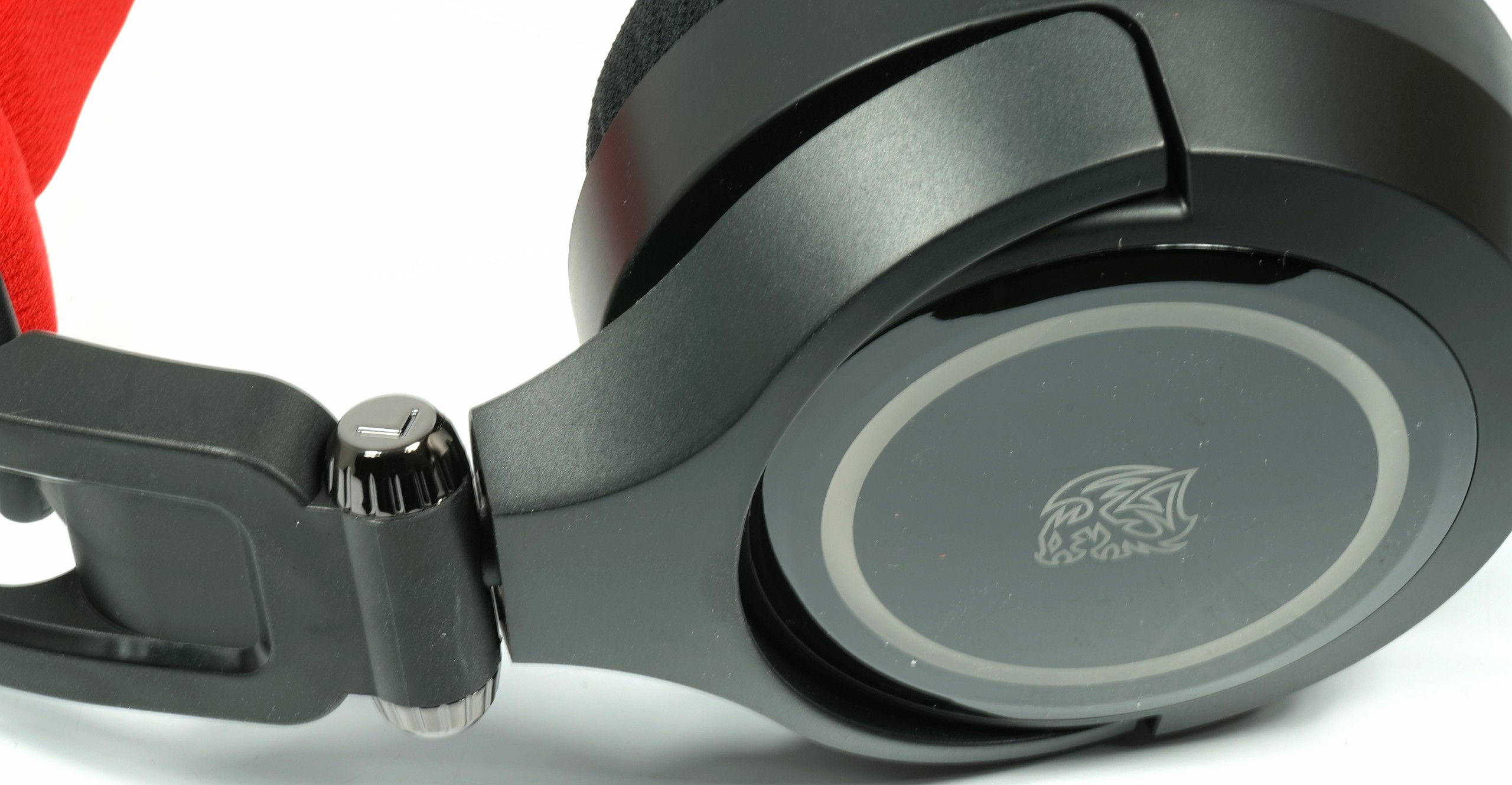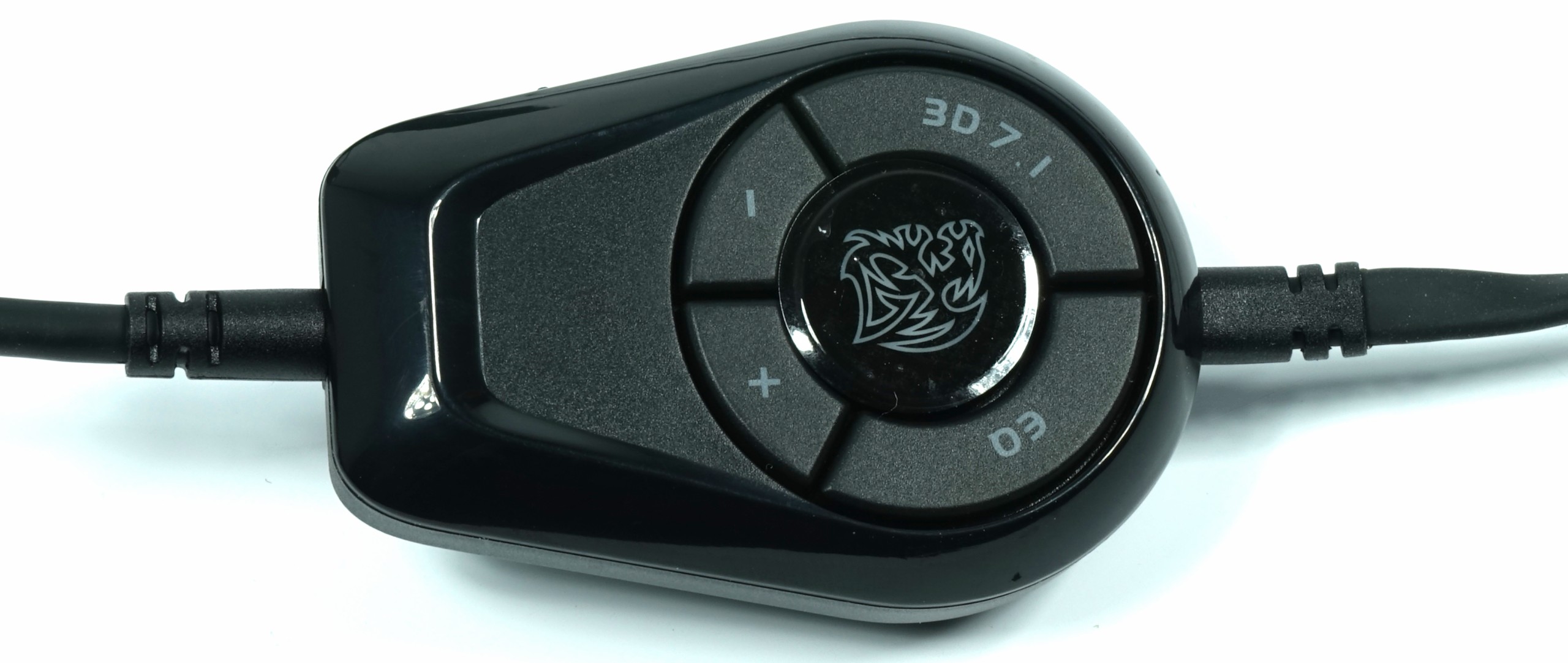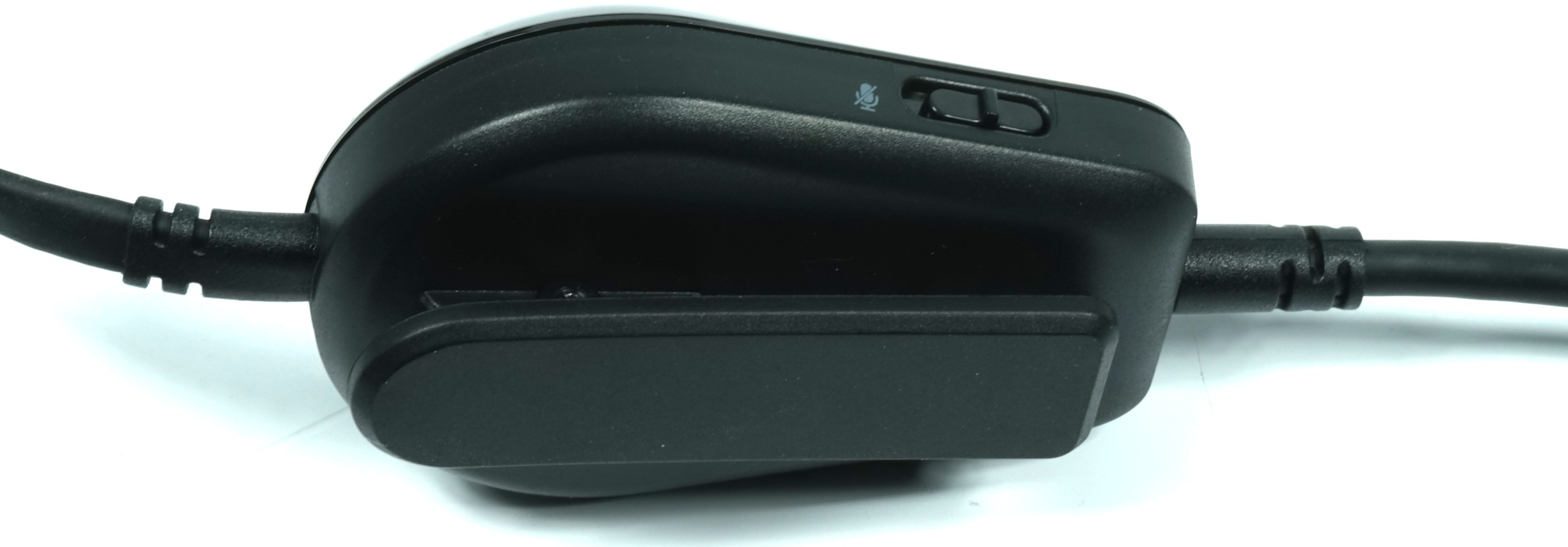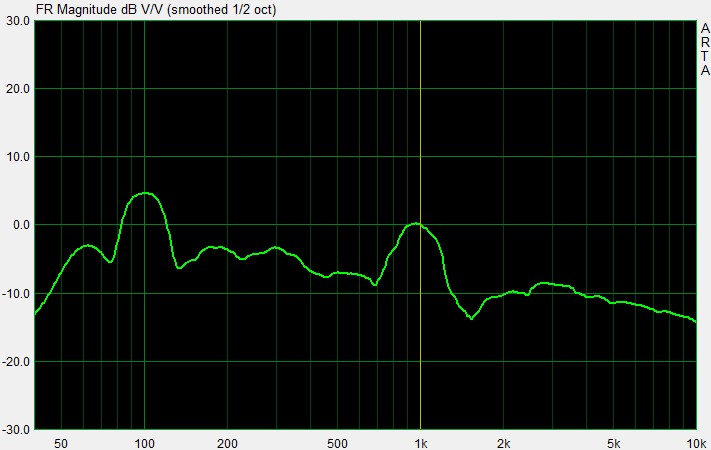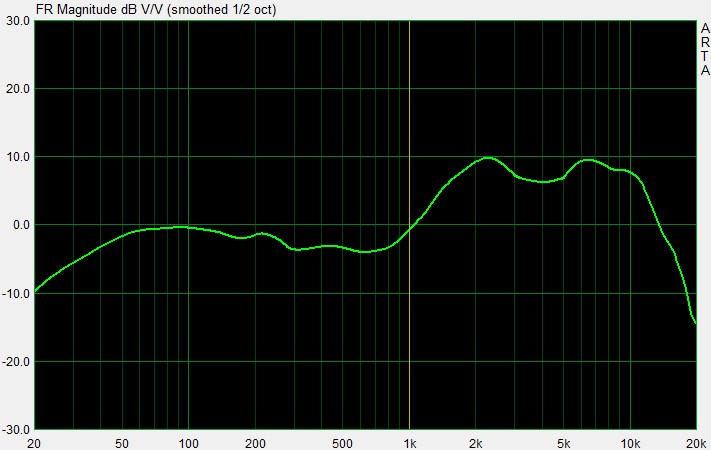Early Verdict
There's a lot of competition in the Cronos Riing RGB 7.1's price range, and this wouldn't be what we consider to be the top contender in that class. This is a nice-looking, comfortable headset, however, that can be adjusted through an equalizer to sound convincing. If you're willing to put in the work and you're in love with its aesthetics, this could be an ideal option.
Pros
- +
Attractive matte black and red design
- +
Nicely-cushioned ear pads
- +
Good acoustic resolution
- +
Functional software
- +
Strong bass
Cons
- -
Poor sound profiles
- -
Overemphasized highs
- -
Default output must be optimized for acceptable performance
Why you can trust Tom's Hardware
The Tt eSports Cronos Riing RGB 7.1 faces stiff competition in a crowded segment. Are USB connectivity, RGB lighting, and simulated 7.1-channel surround enough to justify a near-$80 street price? If you've read about How We Test Gaming Headsets, then you may already know the answer.
Interestingly, the Cougar Immersa Pro we recently reviewed sports similar-looking software. We wouldn't be surprised if both mid-range headsets pulled from neighboring parts bins...
Tt eSports' bundle isn't particularly extensive. You get the headset, a manual, and the in-line controller with some buttons and a mute switch. At least the ~2m cable is flat, rubberized, and flexible.
Specifications
Before we get to the measurements and sound check, however, let's take a look at the table of technical specifications:
Look & Feel
Tt eSports was clearly going for a matte black plastic aesthetic. To provide some contrast, the design includes red headband padding, a ring on the mic, and shiny surfaces on the back of the ear pieces. We really like the outcome. It's understated, but still attractive.
Although the headset doesn't look cheap, it definitely feels like plastic in your hands. Fortunately, the construction is sturdy. Only parts meant to bend move when you apply pressure.
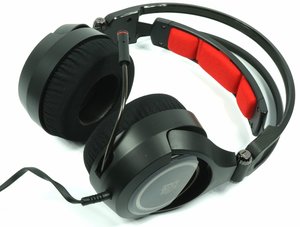
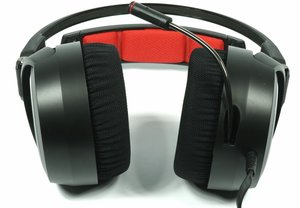
Again, the cable is rubberized and flat. Its strain relief seems to be fairly typical for this price range.
Get Tom's Hardware's best news and in-depth reviews, straight to your inbox.
Comfort
The Cronos Riing RGB 7.1 offers a good amount of flexibility in its adjustments. A proper length, along with options to tilt and turn the ear pieces, ensure a good fit. Naturally, then, the headset's comfort ranks above-average.
The headband can be pulled out far enough for a customized fit. Its padding is pleasantly soft and never feels uncomfortable. However, gamers with large heads may complain about too much pressure over extended periods. If your head circumference exceeds 60cm, try the Cronos Riing RGB 7.1 out, if possible, before making a purchase.

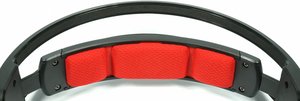
The closed system's protruding ear pads fit over almost all average-sized ears. Again, gamers with large auricles might find the fit a bit tight and the pressure too high. Anyone wearing glasses is affected, too.
Luckily, the padding is quite forgiving. A bit of brute force can help reshape it to a more comfortable fit and thus relieve some of the pressure. Whereas competing headsets typically use average-quality foam, Tt eSports boasts of its thicker 25mm cushion and premium fabric. We agree that this is a legitimate advantage.
The padding is held in place by plastic clips and a simple ring. You'll have to exercise great care when removing the padding. Otherwise, it's easy to damage those clips.
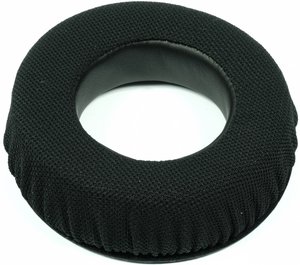
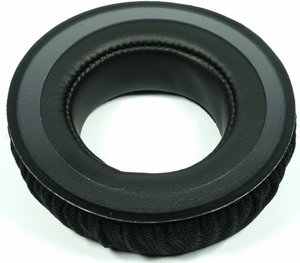
In the end, this 340g headset looks heavier than it ultimately feels on your head. We'll stop short of calling it light, and instead point out that many other headsets weigh more.
Functionality & Interface
The C-Media-based inline controller exposes two buttons for volume adjustments, plus switches to toggle between equalizer presets or turn simulated surround sound on/off.
On the back of the control unit, there's a clip for attaching to your shirt or pocket. Unfortunately, it's really not practical to use this if you need access to the side-mounted microphone mute switch.
Drivers
The 50mm neodymium driver is located in the body's slightly tilted upper part, where a press-fit and some glue keep it in place. Tempted by the fact that the shells are easy to unscrew, we performed a few experiments of our own in there.
In stock form, the driver's back side is covered by an additional shell that significantly reduces the internal volume. Furthermore, this shell noticeably cuts into the bass level. Without it, though, the bass becomes way too dominant and muddy. Thus, we reinstalled the cover for our sound quality tests.

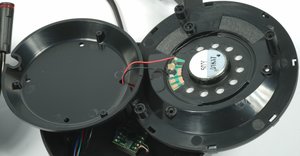
Of course, if you'd prefer a little extra bass without relying on an equalizer, you can remove the shell and perhaps replace it with dampening material.
The drivers Tt eSports uses in its Cronos Riing RGB 7.1 unfortunately produce an extreme boost that starts from the upper mid-range and goes up from there. This overemphasis of high frequencies can be remedied by sticking thin felt over the opening above the drivers. However, you can achieve the same effect through software.
Naturally, toying around inside the headset voids its warranty, even if the screws holding everything together are not sealed shut. Modify at your own risk.
Microphone
The omnidirectional microphone is mounted in a gooseneck arm that can easily be pushed in and pulled out, similar to older Kingston and SteelSeries models. The mic does exactly what it's supposed to do.
Tt eSports' noise canceling technology is passive, and not always fully convincing.
Sound and speech intelligibility are acceptable for a headset in this price range, but give us nothing particularly special. The Cronos Riing RGB 7.1's mic tip should glow, we think. But it appears someone forgot to implement this feature. Therefore, you have to look at the control unit's switch to determine if the microphone is muted.
Software & Driver Settings
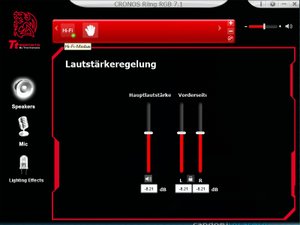

The software is similar to what we've seen from other USB-based headsets. In this case, you're only able to access additional settings, such as the equalizer, after double-clicking icons on the window's left side.
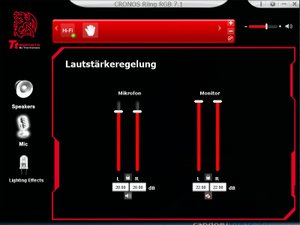

In addition to RGB lighting controls and microphone levels, there are a number of other features to explore.
Measurements & Sound-Check
To read about our test methodology in depth, please check out How We Test Gaming Headsets, particularly page 6 where we detail the measurements we take.
The Cronos Riing RGB 7.1's frequency response is affected by resonances and dips, and it's quite bass-heavy. A peak at 100 Hz is the primary reason why upper bass sounds overemphasized, causing deeper male voices to feel too voluminous. In contrast, higher frequencies are underrepresented. The -12 dB dip at 10 kHz is especially unfortunate.
Measurements & Equalizer Presets
Even without changing the headset's default output, our results look alright between 50 Hz to 1 kHz. Beyond that, the typical bathtub is audible, and higher frequencies are over-pronounced. Up to 10 dB above the normalized level from ~2 kHz to 10 kHz is definitely too much. Results like these can't be blamed solely on flimsy ear pads. The true culprit is the way Tt eSports tuned this headset.
The software equalizer presets unfortunately produce rather curious interpretations of their respective labels. Even the default setting (Flat) deviates slightly from what we measured without an equalizer installed. This preset further dampens the lower mid-range and somewhat compensates for the dent we saw at 4 kHz. But it's still nothing you'd want to actually use.

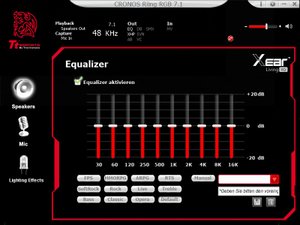
The Bass profile claims to do a better job, and fails horribly yet again due to its bathtub-like tuning. In trying too hard, the preset takes an immense toll on level stability and resolution. The result is a bass range that sounds hollow, rather than providing a gentle impact.
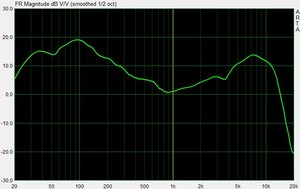

Worse is the preset referred to as Classic. There's an almost 40 dB difference in volume between the (lower) mid-range and high-frequency range, which goes far beyond any reasonable interpretation, leaving an unpleasant acoustic impression.
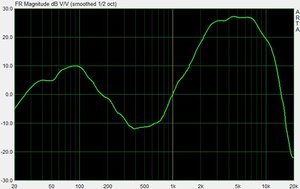
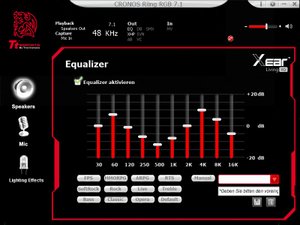
However, there is a way to make the Cronos Riing RGB 7.1's curve work. With a little bit of patience and a trained ear, it is absolutely possible to create something reasonably close to balanced sound reproduction. The resulting output is indeed fairly pleasant. However, the settings required to get us there reveal serious issues with Tt eSports' hardware and tuning.

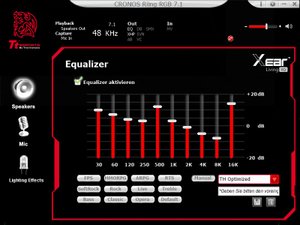
Subjective Audio Experience: Original Versus Optimized
Now let's subjectively test the original tuning compared to the results of our manual equalizer adjustment.
Bass Reproduction
We test the lowest bass in the sub-contra octave (16.4 Hz to 32.7 Hz) with a recording of Bach's Toccata and Fugue in D minor (19 and 25 Hz), as well as the festival overture composed in 1880 by Tchaikovsky (10 Hz and 12.5 Hz). The same applies to the lower ranges of the contra octave (32.7 to 65.4 Hz). The large bass drum, usually tuned to ~55 to 60 Hz, is used to complete this evaluation.
In stock form, the bass is a bit reserved from about 40 Hz upwards, but still has enough presence and even reasonable resolution. With the new profile, however, everything becomes more powerful without attracting negative attention. From about 30 Hz down, the reproduction gets a little thin. But even the sub-contra octave is at least audibly present.
Reproduction of the large bass drum is sufficiently clear without any unpleasant booming or thumping. All in all, the sound is differentiated enough to reproduce every musical genre, as well as games and video. Transient response and level stability are fairly typical for this price point, too.
Upper bass, up to 150 Hz, contains the male voice's fundamental speech frequency. Thus, it has a strong influence on the lifelike reproduction of male vocals.
This range already sounded balanced, right out of the box. The reproduction of male vocals is very rich and warm, and instruments sound quite natural. The resolution we observe is acceptable, allowing non-dominant sound sources to perform well.
Mid-Range
The lower mid-range (sometimes called "fundamental range") spans from ~150 to 400 Hz. Together with the upper bass, this range plays an important role in producing the subjectively perceived warmth and fullness of sound. This is also where the fundamental range of female vocals can be found.
Once again, there is no reason for criticism, as we observe no audible mishaps. The reproduction of female vocals is spot-on. Vocals and instruments lean toward the warm side by default. However, higher frequencies are audibly more pleasant with our optimized profile, which does a better job of neutralizing the bathtub effect. The profile we created pushes this headset even further into the warm territory. It's a must-have for anyone who enjoys a good piece of music, although our changes won't make much of a difference for gaming.
The upper mid-range, from 400 Hz to about 2 kHz, contains the 1 kHz point that's used as a reference for many measurements. Unfortunately, this is often very noticeable, especially with cheaper devices, as manufacturers tend to overemphasize it a bit. This frequency range also plays a significant role in gaming, and its balanced reproduction contributes significantly to good spatial resolution.
The sound stage and spatial resolution are both good, albeit not outstanding. From a purely subjective point of view, the orchestra still seems to be spread wide enough, even if certain quieter sources cannot always be placed accurately. Here, most of all, is where the limitations dictated by price are noticeable.
High-Frequency Range
Between 2 kHz and 3.5 kHz is where the human ear is most sensitive, especially since the lower levels of this range are responsible for the human voice's overtone reproduction. This frequency range is crucial to the recognition of a voice or an instrument. Thus, in this context, it also relates to the respective tone color, or timbre.
The stock configuration's reproduction is much too dominant and overemphasized. All parts of this range are forced to the foreground, and at high levels they drown out everything else. This is probably one reason why many details important for spatial location are not as present as they should be in the frequency ranges below. Fortunately, our new profile comes much closer to the original timbre, making everything sound more natural.
The mid-high range (3.5 to 6 kHz) determines the success or failure of speech reproduction as a whole, since sibilant sounds (like the letter "s" and hiss sounds) fall into it. The upper trebles range up to about 10 kHz, where we pass into the territory of super-high frequencies.
In the original setup, high and super-high frequencies are accentuated too much to be pleasant. The reproduction leans toward a metallic, sharp sound, creating overemphasized sibilants and air noises. With our modified profile, however, the headset gains quite a bit of warmth and resolution.
The claimed frequency response of 20 Hz to 20 kHz is little more than a fantasy. With no tolerances defined in Tt eSports' specs, that's just a marketing-friendly range. Given the profile we created, you can realistically expect response from 30 Hz to 14 kHz with a deviation of +/-6dB, depending on how well the ear pads are adjusted.
Conclusion
With a street price under $80, you can't expect any miracles. Rather, Tt eSports' Cronos Riing RGB 7.1 serves up good middle-class performance. We're a little bit ambivalent, though. The sound is fine, so long as you're prepared to manually create your own equalizer profile. But other headsets do fare better out of the box.
Comfort-wise, you'll enjoy the Cronos Riing RGB 7.1, so long as your head isn't too big.
In short, the Cronos Riing RGB 7.1 is a decent headset, but not an amazing one. It looks nice, it lights up, and it fits well. We simply would have liked a little more attention paid to its sound.
MORE: Best Deals
MORE: Best PC Builds

Igor Wallossek wrote a wide variety of hardware articles for Tom's Hardware, with a strong focus on technical analysis and in-depth reviews. His contributions have spanned a broad spectrum of PC components, including GPUs, CPUs, workstations, and PC builds. His insightful articles provide readers with detailed knowledge to make informed decisions in the ever-evolving tech landscape
